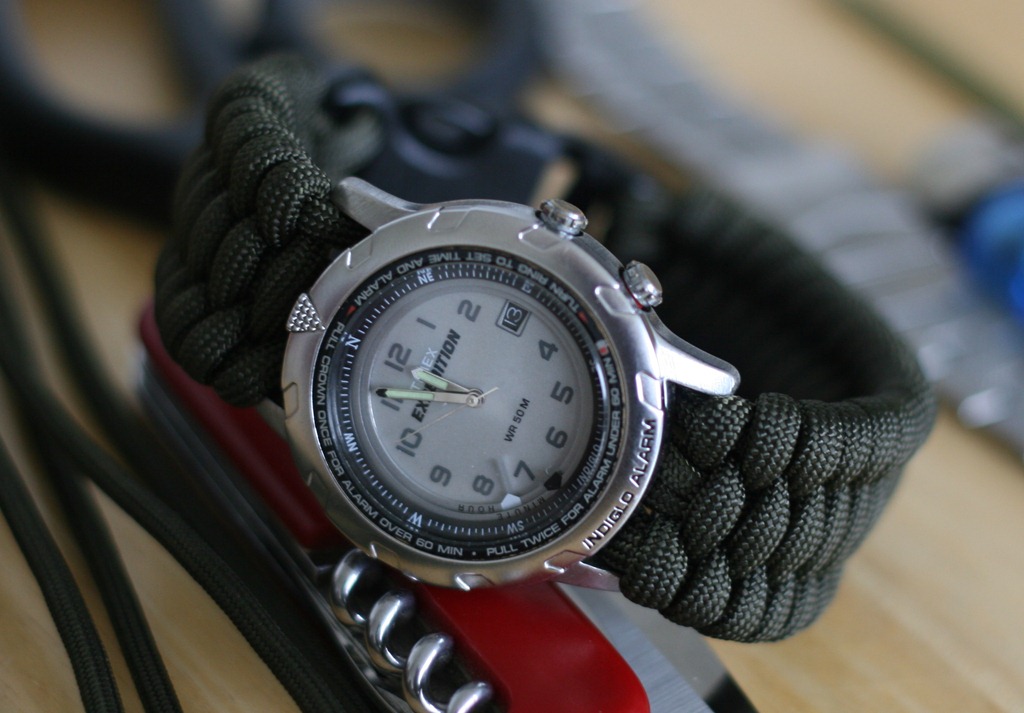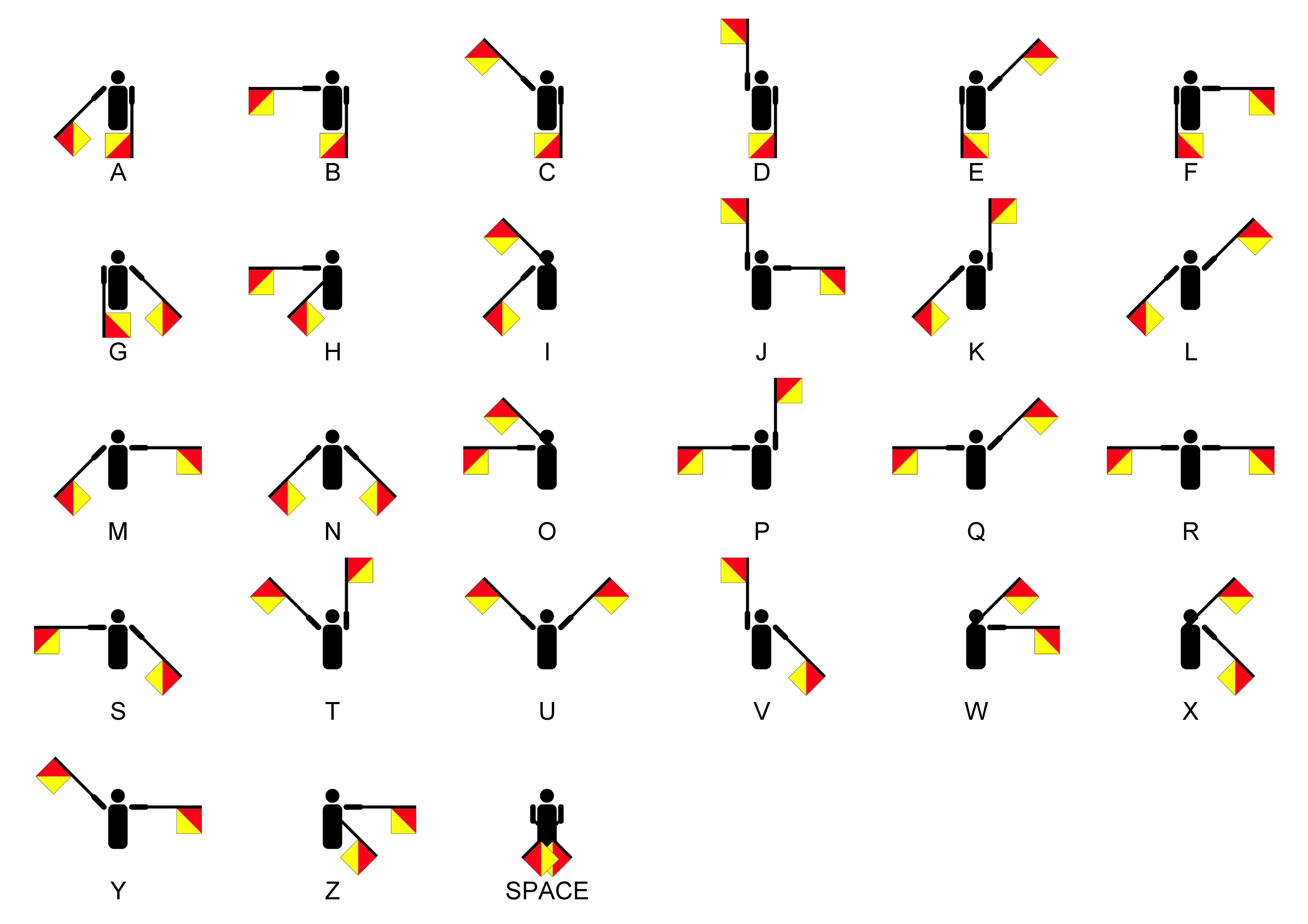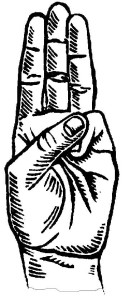 A survival Tin is a very important piece of equipment that any budding adventurer will need as it could mean the difference between life and death. The idea of the survival tin is for it to be small and portable and to be able to fit in to a shirt or trouser pocket with ease. So, due to this the equipment may not be the most amazing, brand new outdoors equipment that every one is running to the shops to buy, but it'll certainly come in handy if you're lost in the wilderness for a day or longer.
A survival Tin is a very important piece of equipment that any budding adventurer will need as it could mean the difference between life and death. The idea of the survival tin is for it to be small and portable and to be able to fit in to a shirt or trouser pocket with ease. So, due to this the equipment may not be the most amazing, brand new outdoors equipment that every one is running to the shops to buy, but it'll certainly come in handy if you're lost in the wilderness for a day or longer.So, how do we make a survival tin. well it's pretty simple to do. There are however several retail stores that do sell them but by making your own you can specify the equipment to your needs. one survival tin you can buy, is one which is produced for the Bear grylls range (although this one doesn't come in a tin, but rather a fabric bag so, any sharp objects could easily make there way through and accidentally stab you).
There are several different things you can place in a survival tin but below I'm going to list a few which will come in handy.
So, lets begin. firstly you will need some kind of water tight tin or plastic container (tobacco tins and plastic food containers are normally best). your kit would need, but not limited too:
- A book of matches - preferably either store bought or home made wax matches. basically matches which have had their tips dipped in wax to waterproof them. when the time comes to using them, scrape the wax away.
- A flint and striker (not a footballer) for starting fires. these can be bought in any camping store.
- A small sewing kit, just in case you need to repair any clothing.
- Fishing hooks, line, and weights. these can come in useful for fishing for lunch.
- A coil of thin brass wire for making snares.
- A weeks supply of purification tablets. these would only be used if you were unable to boil your water to kill the bacteria.
- safety pins
- A coiled up wire saw
- A small (but hopefully powerful) flash-light. this can be used for signalling, as mentioned in my last post, or for seeing in the dark.
- An emergency whistle.
- A penknife (if you're not already carrying one).

 One last thing you will need, which will be extremely helpful and have several uses, is a para-cord bracelet analogue watch. A para-cord bracelet watch allows you do a few tasks, which will come in handy. for starters it will allow you to tell the time, but also (as long as it is an analogue watch) you will be able to use it as a compass (This technique has been around for years, long before bear grylls ever explained it in one of his shows. I, myself, have used this on several occasions ever since the age of six) but I will explain how this works in my next post. The para-cord strap can also be unravelled to be used as a 10 foot length of para-cord which can be used for several different uses, which include lashing, knots and traps. I will explain how to make one of these in one of my later posts.
One last thing you will need, which will be extremely helpful and have several uses, is a para-cord bracelet analogue watch. A para-cord bracelet watch allows you do a few tasks, which will come in handy. for starters it will allow you to tell the time, but also (as long as it is an analogue watch) you will be able to use it as a compass (This technique has been around for years, long before bear grylls ever explained it in one of his shows. I, myself, have used this on several occasions ever since the age of six) but I will explain how this works in my next post. The para-cord strap can also be unravelled to be used as a 10 foot length of para-cord which can be used for several different uses, which include lashing, knots and traps. I will explain how to make one of these in one of my later posts.Remember that with this survival tin, you will 'BE PREPARED' for an emergency.



















